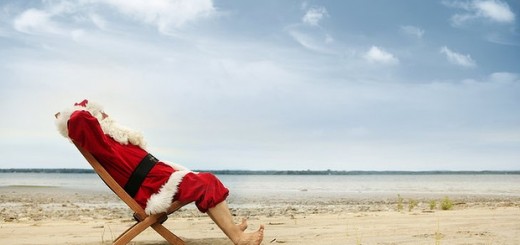The history of Easter
Warmer
What do you know about Easter and the history of Easter? Discuss your ideas with a partner.
Activity 1: The history of Easter
Read through the questions below and see if you know any of the answers. Then, visithttp://www.history.com/topics/history-of-easter to find out if you were right. Compare your answers with your partner.
- Where does the name ’Easter’ originate from?
- How did the word finally become Easter in English?
- What is Lent and how long does it last?
- What does this number of days represent?
- What is the week before Easter known as?
- What is celebrated on these days?
– Maundy Thursday
– Good Friday
– Holy Saturday
Activity 2: The Easter bunny and other Easter symbols
a. Read the introductory paragraph from http://www.history.com/topics/easter-symbols about Easter traditions in the US. Do you know of, or practise, any similar traditions in your country?
b. Work in pairs to find out more about these Easter traditions. Student 1 reads section 1: Easter bunny and section 2: Easter eggs. Student 2 reads section 3: Easter candy and section 4: Easter parade. Before you read the weblink, decide whether you think the statements related to your sections are true (T) or false (F). Then, check your answers.
Section 1: Easter bunny
- The Easter bunny traditions are actually referred to in the Bible.
- The Easter bunny symbolizes fertility and new life.
- It is derived from an old Danish tradition.
- Children would leave snacks out for the bunny.
Section 2: Easter eggs
- Easter eggs are most probably related to old pagan traditions.
- It is believed that Easter eggs represent the resurrection of Jesus Christ.
- According to some reports, the tradition of decorating Easter eggs has been around for a hundred years.
- Every year, the White House holds an Easter egg rolling event on Easter Sunday.
Section 3: Easter candy
- More candy is sold in America at Easter time than during any other holiday.
- Chocolate eggs have been a tradition in America for two centuries.
- Today, the most popular non-chocolate Easter candy in America is the jelly bean.
- Marshmallow Peeps come in a variety of flavours.
Section 4: Easter parade
- The Easter parade tradition in New York began in the mid-19th century.
- The tradition is as popular today as it’s ever been.
- Although the Easter parade tradition still lives on in Manhattan, its roads are no longer closed to traffic.
- There are Easter parades in other cities in America nowadays.
Activity 3: Easter around the world
a. You will be given either a country or a group of countries to research. Consider the questions below and write a summary in your own words of what you have read.
- What unique traditions does the country have?
- What religious traditions do the people of the country practise?
- What do people wear?
- What do people eat?
- Are there any special days that are celebrated?
b. Share your findings with your classmates. What were the most interesting traditions? Which were the strangest?
Activity 4: Things you didn’t know about Easter!
a. How much more do you know about Easter? Complete the sentences below if you know the answers.
b. Visit the weblink:http://www.time.com/time/specials/packages/article/0,28804,1889922_1890008_1889927,00.html and read the ten sections of the article to complete the sentences. You will have to click on the arrow to move to the next section.
- ____________________________ appears in several ancient traditions as a symbol for ____________________________.
- The traditional pastries eaten on Good Friday in the UK are known as ____________________________.
- In Ethiopia, Easter is known as ____________________________ and people fast from meat and dairy for ____________________________ before celebrating.
- In Sweden and areas of Finland, ____________________________ wear shawls and old skirts that are too big for them, and visit people’s houses to ask for ____________________________.
- Beginning in the mid-1800s, ____________________________ New Yorkers would parade their riches after leaving church.
- The first Sunrise Service in America was arranged by ____________________________. The purpose of the Mass is to remember ____________________________ that Mary found on Easter morning.
Check your answers with your partner.
Activity 5: Optional fun task
Now that you know so much about Easter, you could organize your own Easter party. Here are some ideas for things you could do. Visit http://www.ehow.com/list_6465113_fun-easter-games-kids-adults.html.
Have a lovely Easter but don’t eat too much chocolate!



